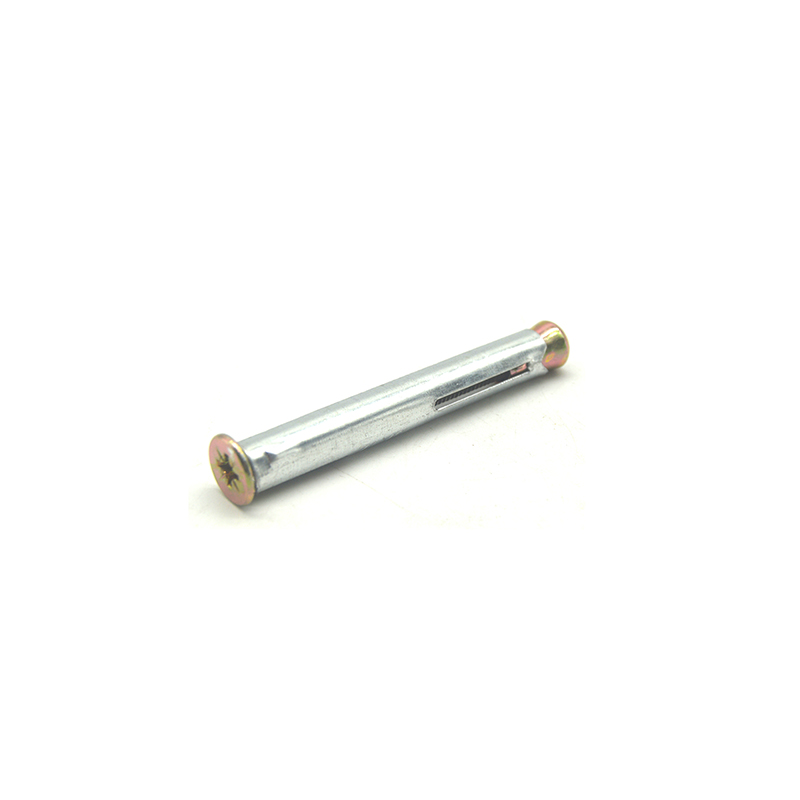- Chinese
- French
- German
- Portuguese
- Spanish
- Russian
- Japanese
- Korean
- Arabic
- Irish
- Greek
- Turkish
- Italian
- Danish
- Romanian
- Indonesian
- Czech
- Afrikaans
- Swedish
- Polish
- Basque
- Catalan
- Esperanto
- Hindi
- Lao
- Albanian
- Amharic
- Armenian
- Azerbaijani
- Belarusian
- Bengali
- Bosnian
- Bulgarian
- Cebuano
- Chichewa
- Corsican
- Croatian
- Dutch
- Estonian
- Filipino
- Finnish
- Frisian
- Galician
- Georgian
- Gujarati
- Haitian
- Hausa
- Hawaiian
- Hebrew
- Hmong
- Hungarian
- Icelandic
- Igbo
- Javanese
- Kannada
- Kazakh
- Khmer
- Kurdish
- Kyrgyz
- Latin
- Latvian
- Lithuanian
- Luxembou..
- Macedonian
- Malagasy
- Malay
- Malayalam
- Maltese
- Maori
- Marathi
- Mongolian
- Burmese
- Nepali
- Norwegian
- Pashto
- Persian
- Punjabi
- Serbian
- Sesotho
- Sinhala
- Slovak
- Slovenian
- Somali
- Samoan
- Scots Gaelic
- Shona
- Sindhi
- Sundanese
- Swahili
- Tajik
- Tamil
- Telugu
- Thai
- Ukrainian
- Urdu
- Uzbek
- Vietnamese
- Welsh
- Xhosa
- Yiddish
- Yoruba
- Zulu
- Kinyarwanda
- Tatar
- Oriya
- Turkmen
- Uyghur

stainless steel self tapping screws countersunk
The Practicality of Stainless Steel Self-Tapping Screws
Stainless steel self-tapping screws are a staple in the fastener industry, but their application isn't always straightforward. Misunderstandings can lead to compromised projects or unexpected results. Let’s delve into what makes these screws essential, and explore common pitfalls and best practices.
Understanding Stainless Steel Self-Tapping Screws
In the world of fasteners, the term “self-tapping” often gets misused. These screws are unique because they create their own thread as they are driven into material. This feature offers an advantage in applications where pre-tapped holes are impractical.
The use of stainless steel enhances corrosion resistance—a crucial factor in outdoor constructions or marine applications. However, it's important to consider material compatibility. Pairing stainless steel screws with incompatible metals can lead to galvanic corrosion.
When I first started at Handan Shengtong Fastener Manufacturing Co., Ltd., I made the classic mistake of using these screws in too thin a metal sheet. The threads didn’t hold properly, teaching me to always double-check material thickness against screw specifications.
Choosing the Right Countersunk Head
Countersunk heads provide a flush finish, which is aesthetically pleasing and can reduce snagging. But achieving this needs precision. Too much force, and you’ll strip the material or snap the head. Use the right driving technique and tool, often a powered drill with torque control, to avoid these issues.
During a project for an outdoor deck, we chose countersunk screws without considering wood expansion. This led to some heads receding too deeply, weakening the hold. An essential takeaway is to calculate for expansion, particularly in humid climates.
Another aspect to consider is the angle of the countersink. A 90-degree angle is typical but not universal. Match your screws to your countersink tool to avoid ill-fitting connections.
Application in Varied Materials
Stainless steel self-tapping screws find use in diverse materials—wood, metal, even plastics. Each application demands its own approach. For dense materials, a pilot hole can ease the screw's entry while reducing the risk of material damage.
For instance, securing a plastic signage panel directly against a metal frame involves careful planning. An improperly sized screw can exert too much pressure on the plastic, leading to cracking. We learned this while mounting signs for a client at Handan Shengtong.
Always check the specifications of both the screw and the material. Contacting your fastener supplier for technical advice can prevent costly mistakes, something we advocate strongly at our company.
Addressing Common Missteps
Perfect installations are rare. Common errors involve mismatched thread types and incorrect torque application. We emphasize regular training sessions at Handan Shengtong to minimize such issues. However, invaluable lessons still arise from each mistake encountered.
A case study from our archives highlights a project where incorrect torque settings stripped the threads in an aluminum assembly line installation. Calibrating tools properly can make a significant difference.
Further, always consider environmental factors. High humidity environments necessitate the use of stainless steel because it maintains strength and resists rust, safeguarding the integrity of the structure.
Insights from Handan Shengtong Fastener Manufacturing Co., Ltd.
At Handan Shengtong, we continuously adapt to the evolving demands of industries. Our location in Hebei Province makes us a pivotal part of China’s fastener industry. This allows us to grasp the unique challenges and solutions specific to our market.
Visit our website Shengtong Fastener Manufacturing for resources and guidance. We prioritize customer education, ensuring that every client makes informed choices.
In sum, while stainless steel self-tapping screws offer robust solutions, the key is understanding their nuances. Proper application reflects both knowledge and experience, something we strive to share with our consumers, to aid in their success and satisfaction.
Related products
Related products




















